Terrariums are miniature ecosystems that bring the beauty of nature into our homes. These glass-enclosed gardens create magical microcosms where plants thrive in carefully balanced environments. However, the same conditions that make terrariums perfect for plant growth—moisture, warmth, and limited airflow—also create ideal breeding grounds for unwanted mold and bacteria. These microscopic invaders can quickly transform your lush paradise into a cloudy, smelly disaster. Fortunately, with proper setup, maintenance, and vigilance, you can keep your terrarium healthy and thriving. This comprehensive guide explores the best practices for preventing mold and bacteria in terrariums, helping you maintain a pristine miniature landscape that remains beautiful for years to come.
Understanding the Terrarium Ecosystem
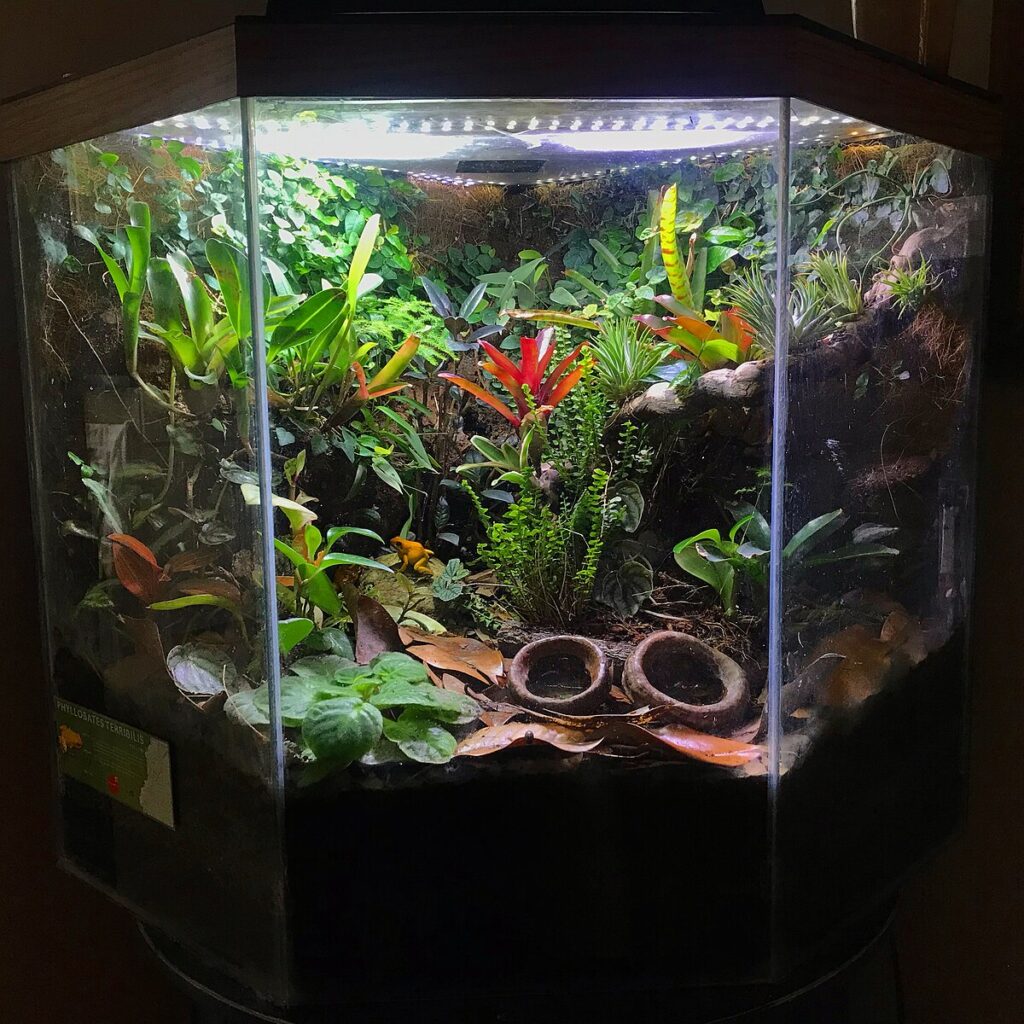
Terrariums function as self-contained ecosystems where water continually cycles through evaporation, condensation, and precipitation. This closed environment creates a delicate balance that, when properly maintained, allows plants to thrive with minimal intervention. The soil, plants, decorative elements, and microorganisms all interact in this miniature world, each playing important roles in maintaining ecosystem health. Understanding this balance is crucial because disruptions—such as overwatering or poor ventilation—can quickly lead to mold and bacterial growth. The enclosed nature of terrariums means that once problems begin, they can spread rapidly throughout the entire system if not addressed promptly.
Selecting the Right Container
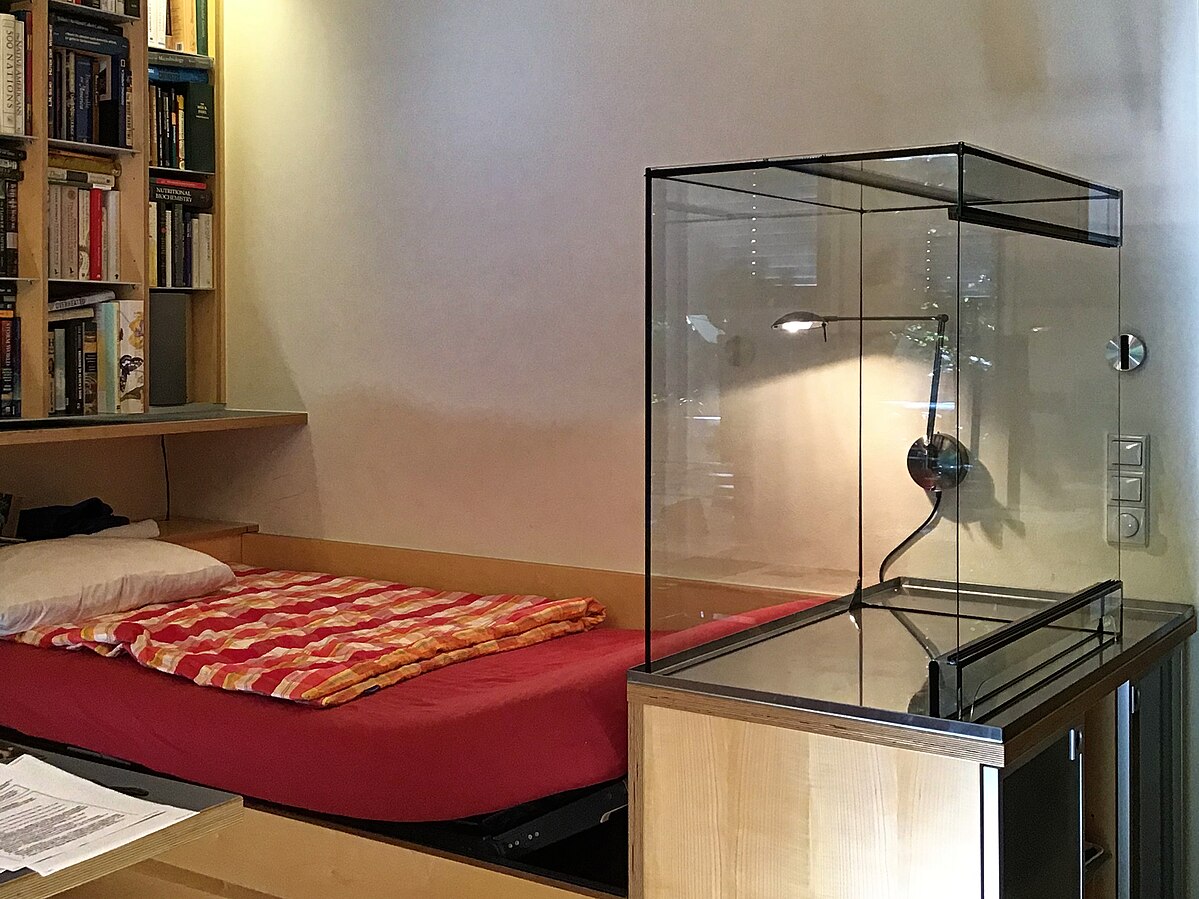
The container you choose forms the foundation of your terrarium’s health and plays a significant role in mold prevention. Open containers allow for better air circulation, making them naturally less prone to mold issues than fully enclosed options. If you prefer closed terrariums for their self-sustaining qualities, select ones with removable lids or built-in ventilation options that allow you to regulate humidity levels as needed. Glass containers are ideal as they’re non-porous, easy to clean, and don’t harbor bacteria like some plastic materials might. Additionally, containers with wider openings facilitate easier maintenance and cleaning, allowing you to reach all areas of your terrarium without disturbing the entire setup.
Proper Drainage Systems
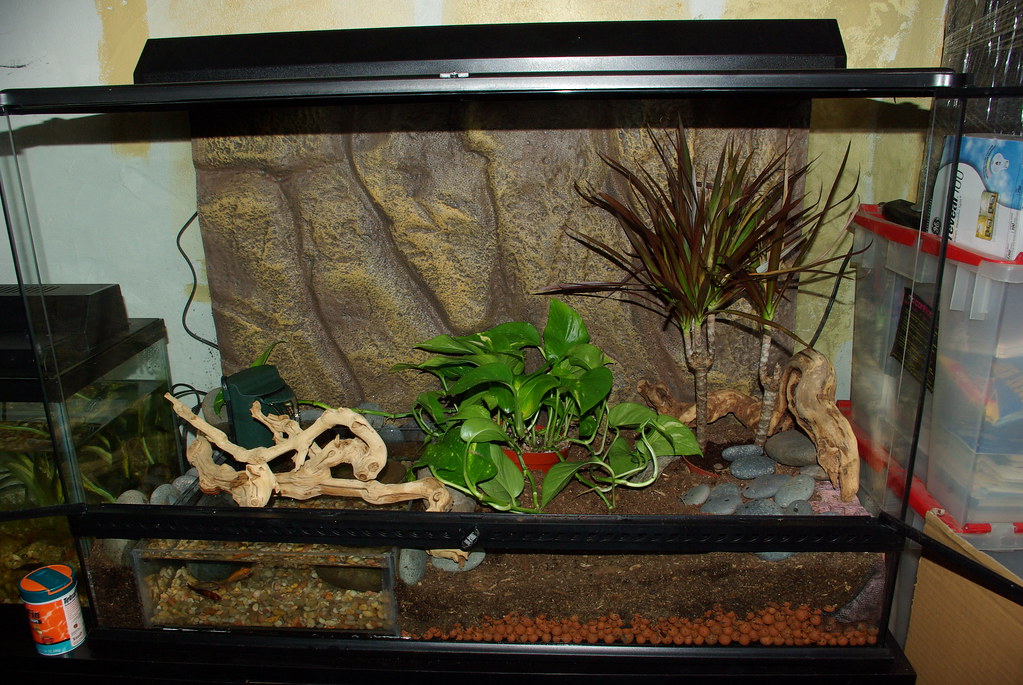
Effective drainage is perhaps the most critical factor in preventing mold and bacteria growth in terrariums. A well-designed drainage layer at the bottom of your terrarium prevents water from pooling around plant roots, which would otherwise create perfect conditions for harmful microorganisms to thrive. This foundation layer typically consists of small pebbles, gravel, or specialized drainage materials like leca (lightweight expanded clay aggregate) that create space for excess water to collect away from the soil. For added protection, consider adding a layer of activated charcoal above your drainage materials, as it naturally absorbs impurities and helps neutralize odors that might develop. Finally, separate your drainage layer from the soil above using a barrier like landscape fabric or sphagnum moss to prevent soil from filtering down and clogging the drainage spaces.
Choosing Appropriate Plants
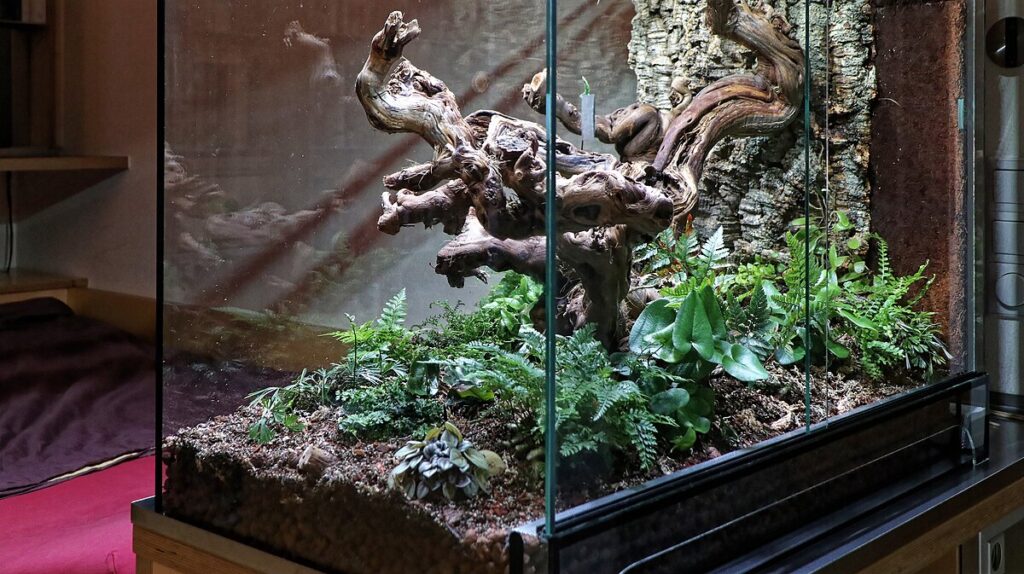
Plant selection significantly impacts your terrarium’s resistance to mold and bacterial issues. Choose species that naturally thrive in the humidity levels your terrarium will maintain rather than forcing unsuitable plants to adapt. Tropical plants like ferns, mosses, and certain orchids excel in closed, humid terrariums, while succulents and cacti are better suited to open, drier arrangements. Avoid overcrowding your terrarium with too many plants, as dense planting restricts airflow and creates dark, damp conditions where mold flourishes. Remove any damaged or dying plant material immediately, as decaying organic matter quickly becomes a breeding ground for mold and harmful bacteria. Additionally, quarantine new plants before adding them to your terrarium to ensure they aren’t introducing pests or diseases to your miniature ecosystem.
Soil Selection and Preparation
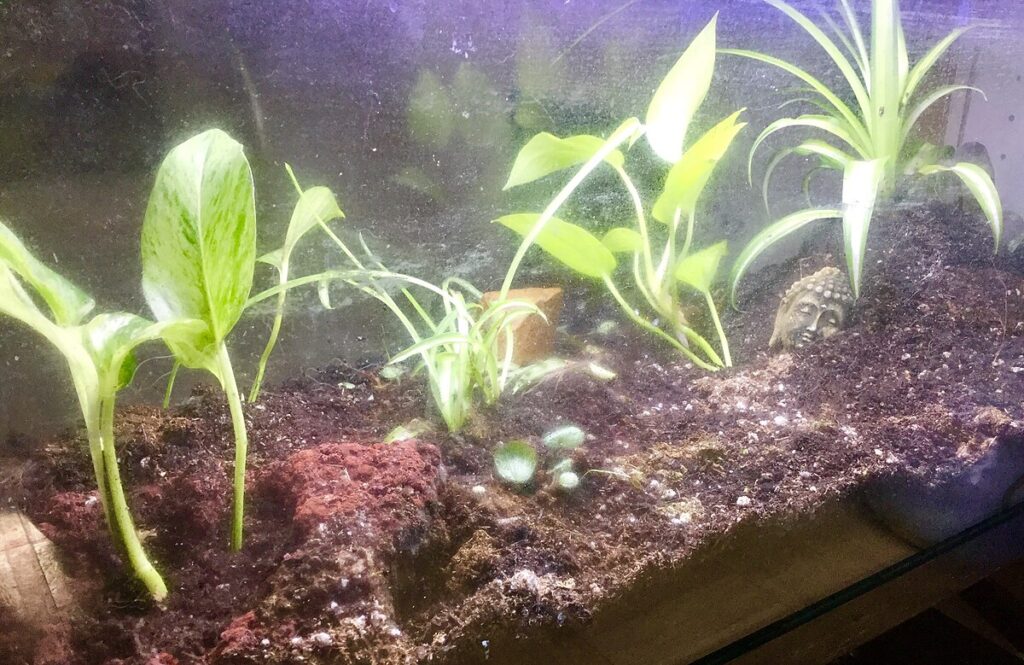
The growing medium in your terrarium significantly impacts its vulnerability to mold and bacterial growth. Standard potting soil often contains components that break down quickly in high-humidity environments, creating ideal conditions for mold development. Instead, use specialized terrarium or vivarium soils designed to resist compaction and decomposition in enclosed environments. For additional protection, consider sterilizing your soil mixture before use by baking it in the oven at 180°F (82°C) for 30 minutes, which eliminates existing mold spores, bacteria, and insect eggs. Many terrarium enthusiasts create custom soil blends incorporating materials like orchid bark, horticultural charcoal, and coarse sand to improve drainage and reduce the risk of soil-borne pathogens. Remember that different plant species have specific soil preferences, so research the needs of your chosen plants before preparing your growing medium.
Controlled Watering Techniques
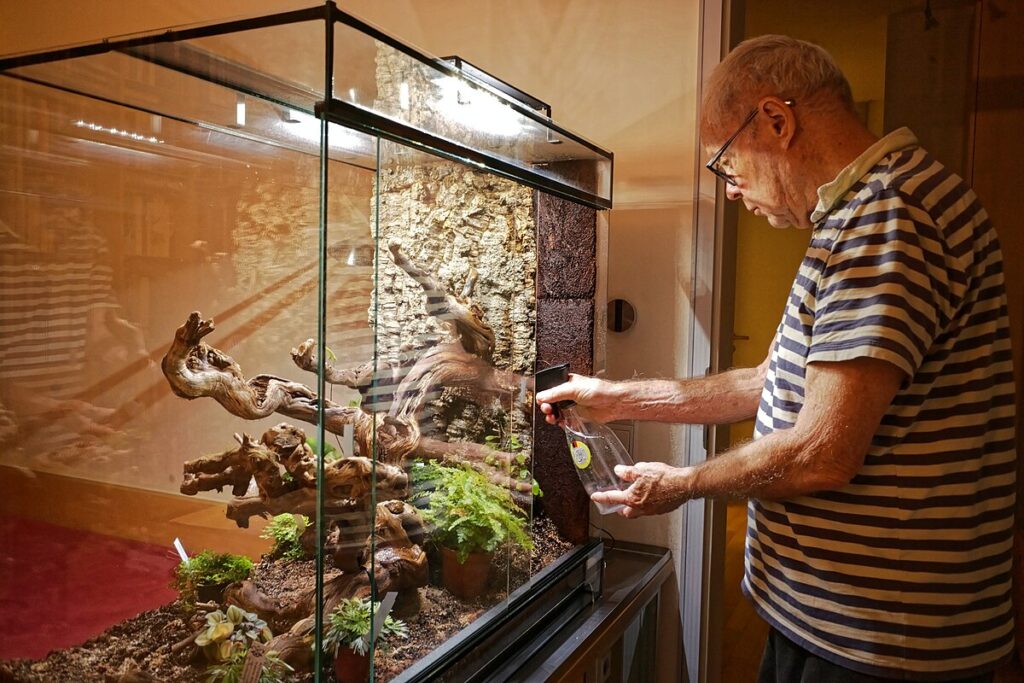
Proper watering is essential for preventing mold and bacteria in terrariums, with overwatering being the most common mistake that leads to these issues. For closed terrariums, water sparingly and only when the glass no longer shows condensation or when the top layer of soil feels dry to the touch. Use tools like spray bottles, pipettes, or small watering cans with narrow spouts that allow precise water placement directly at the base of plants rather than spraying the entire terrarium. Morning watering is preferable as it gives excess moisture time to evaporate during the day rather than sitting overnight. A properly watered terrarium should have clear glass with only light condensation forming during the warmest part of the day. If your terrarium constantly appears foggy or shows excessive water droplets, it’s overwatered and at high risk for mold development.
Air Circulation Strategies
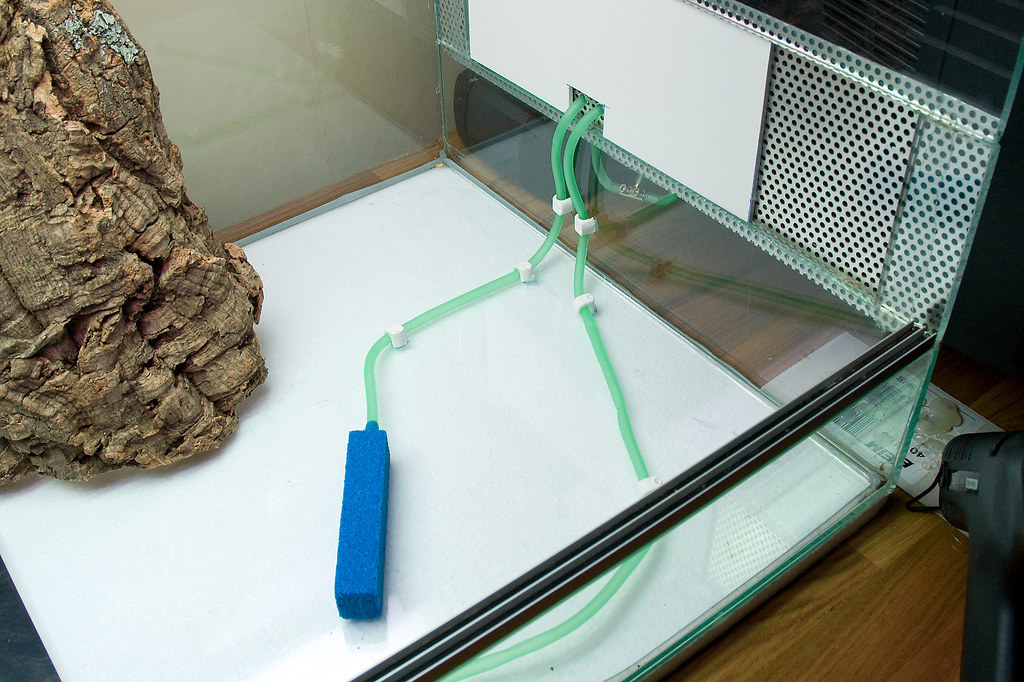
Adequate air circulation is crucial for preventing mold and bacteria, as stagnant air creates ideal conditions for their proliferation. For closed terrariums, establish a routine of opening the lid for 15-30 minutes daily to allow fresh air exchange, ideally during the cooler morning hours. Position your terrarium away from direct heat sources, as temperature fluctuations can cause excessive condensation that promotes mold growth.
Consider incorporating small passive ventilation features into closed terrariums, such as small gaps at the lid or strategically placed small holes covered with fine mesh that allow air movement while maintaining humidity. For larger terrariums, mini circulation fans designed for vivariums can provide gentle air movement that discourages mold while not disturbing the plants or substrate. Remember that the goal is subtle air exchange, not creating drafts that would dry out your carefully balanced ecosystem.
Light Management for Healthy Growth
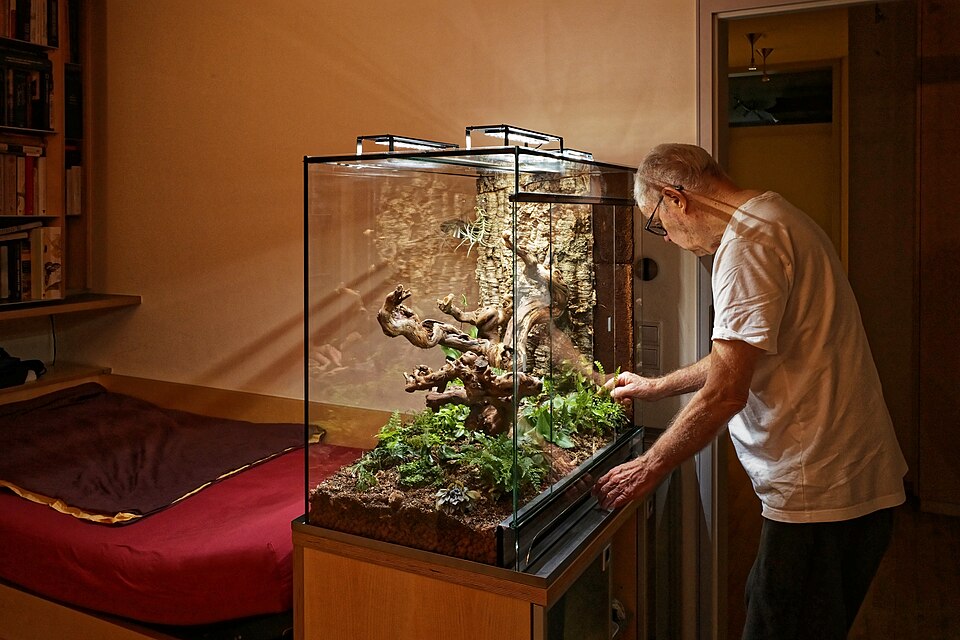
Proper lighting plays a dual role in mold prevention by supporting plant health and helping manage moisture levels. Position your terrarium where it receives bright, indirect light that supports plant photosynthesis without overheating the enclosed environment. Direct sunlight can quickly turn your terrarium into a greenhouse, causing temperature spikes and excessive condensation that foster mold growth. If natural light is insufficient, supplement with LED grow lights positioned at an appropriate distance to provide illumination without heat buildup. Maintain a consistent light schedule that mimics natural conditions, generally 12-14 hours of light followed by darkness. Healthy, actively growing plants utilize soil moisture efficiently, reducing excess water in the system that could otherwise support unwanted microbial growth.
Regular Maintenance Routines
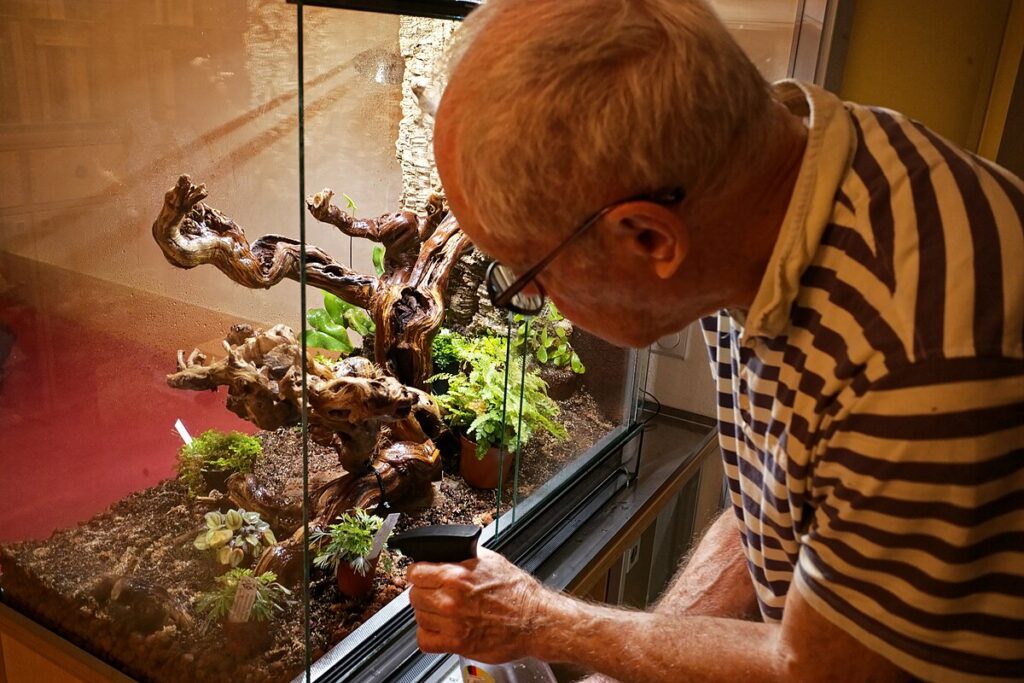
Consistent maintenance forms the cornerstone of mold and bacteria prevention in terrariums. Establish a weekly inspection routine where you examine all areas of your terrarium for early signs of mold, which often appears as white, fuzzy growth on soil or plant surfaces. During these inspections, remove any dead plant material, fallen leaves, or decaying matter that could become breeding grounds for mold. Use long tweezers or terrarium tools to reach deep into the container without disturbing the entire arrangement. Gently wipe the interior glass with a clean, soft cloth to remove any algae buildup or water spots that might block light from reaching your plants. Pay particular attention to corners and crevices where air circulation may be limited, as these areas often show the first signs of mold development.
Natural Mold Inhibitors
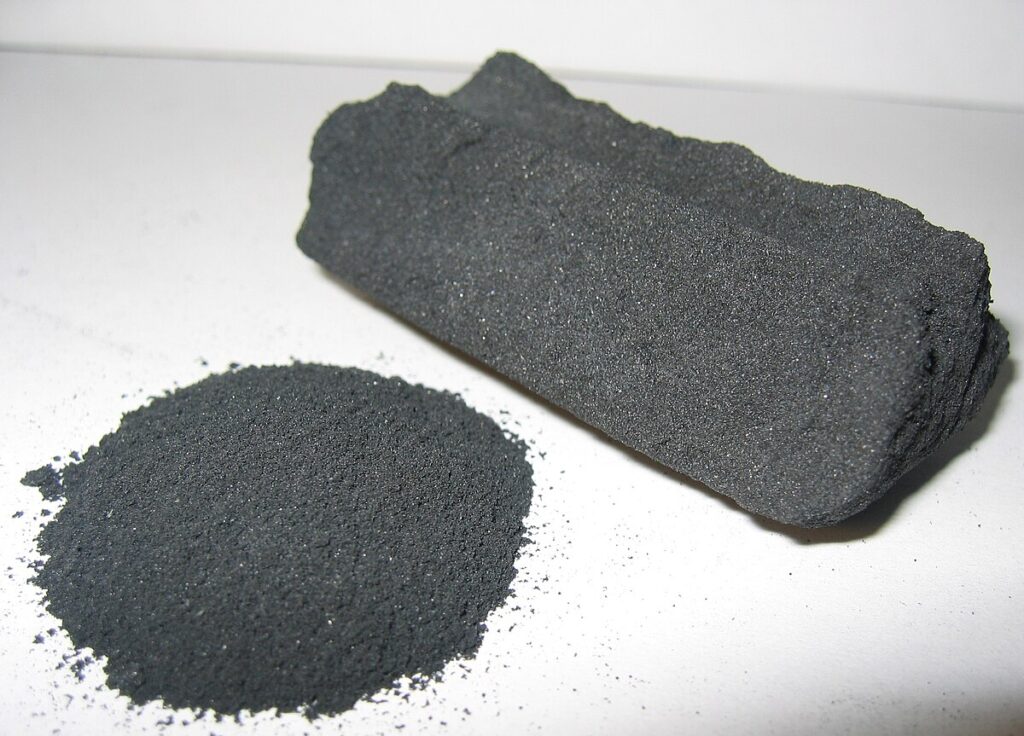
Several natural materials can help prevent mold and bacteria from establishing in your terrarium. Activated charcoal is perhaps the most effective natural preventative, as it absorbs impurities, excess moisture, and odors while naturally inhibiting mold growth. Incorporate a thin layer of horticultural charcoal (not barbecue charcoal) either as part of your drainage layer or mixed into your soil. Cinnamon powder sprinkled lightly on the soil surface acts as a natural fungicide that discourages mold while being safe for most terrarium plants. Some terrarium enthusiasts use beneficial microorganisms like those found in compost tea or commercial mycorrhizal inoculants to establish healthy soil biology that naturally competes with harmful mold and bacteria. Springtails—tiny, harmless insects that consume mold—can be introduced as a biological control method that helps maintain terrarium cleanliness naturally.
Dealing with Early Signs of Mold
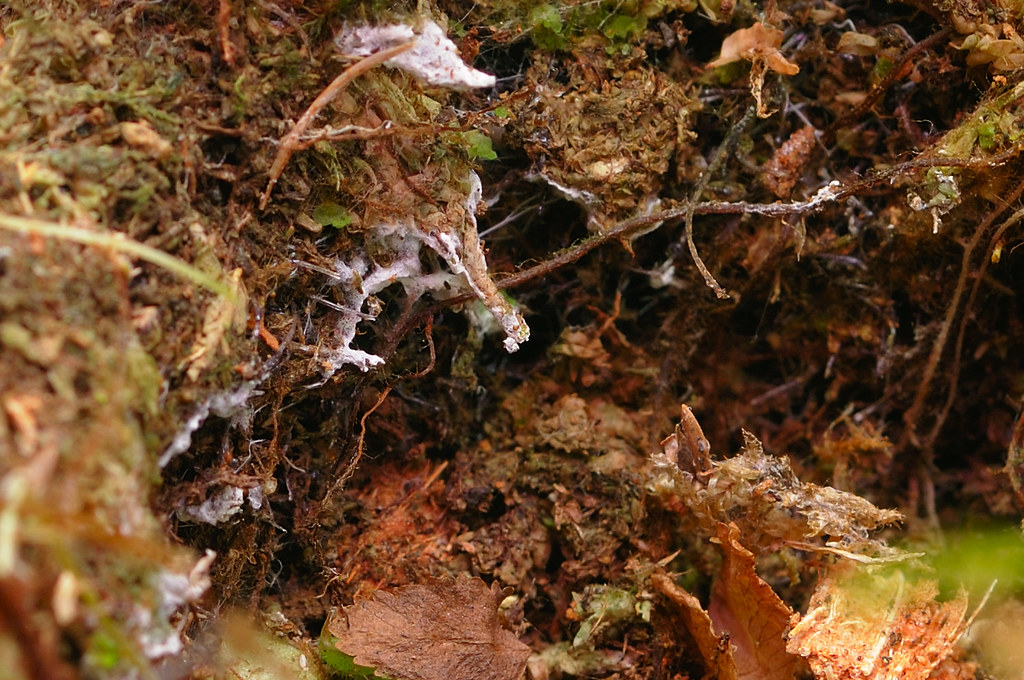
Catching and addressing mold at the earliest stages is crucial for preventing a full-scale infestation in your terrarium. At the first sign of white fuzzy growth, increase ventilation immediately by opening lids or adding temporary ventilation until conditions improve. For small mold patches, remove the affected material completely using tweezers or a small spoon, being careful not to spread mold spores to other areas. If mold appears on the soil surface, you can carefully remove the top layer and replace it with fresh, clean substrate. A solution of one part hydrogen peroxide (3%) to four parts water can be applied with a spray bottle to affected areas, as it kills mold while breaking down into water and oxygen that won’t harm plants. After addressing the immediate mold issue, reassess your terrarium’s conditions to identify and correct the underlying moisture or circulation problems that allowed mold to develop initially.
Temperature Control
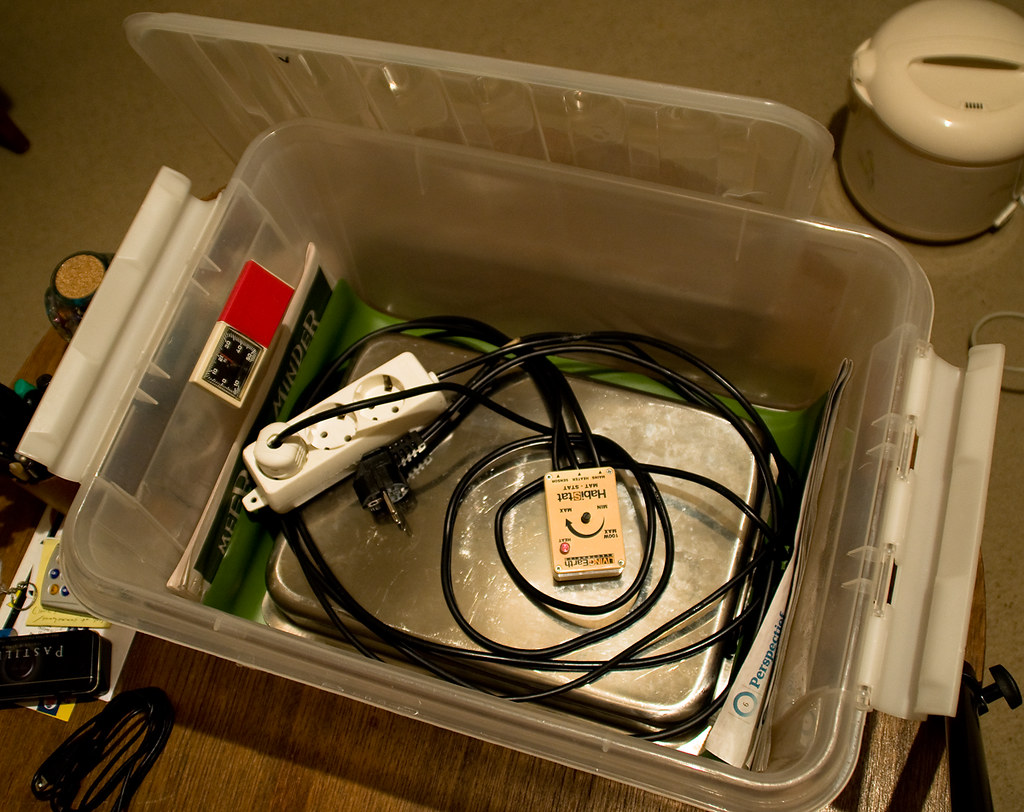
Maintaining appropriate temperatures is essential for preventing mold and bacterial growth in terrariums. Most harmful microorganisms thrive in warm, humid conditions, with rapid proliferation occurring between 77°F and 86°F (25°C and 30°C). Position your terrarium away from heat sources like radiators, heating vents, and direct sunlight that could create hot spots within the container. Monitor temperature fluctuations throughout the day, as dramatic swings between daytime and nighttime temperatures can cause excessive condensation that promotes mold growth.
If you live in a particularly warm climate, consider using a small terrarium fan during the hottest parts of the day to help regulate temperatures. For specialized plant collections that require warmer conditions, balance the increased temperature with improved ventilation to prevent creating ideal conditions for mold development.
Choosing Safe Decorative Elements
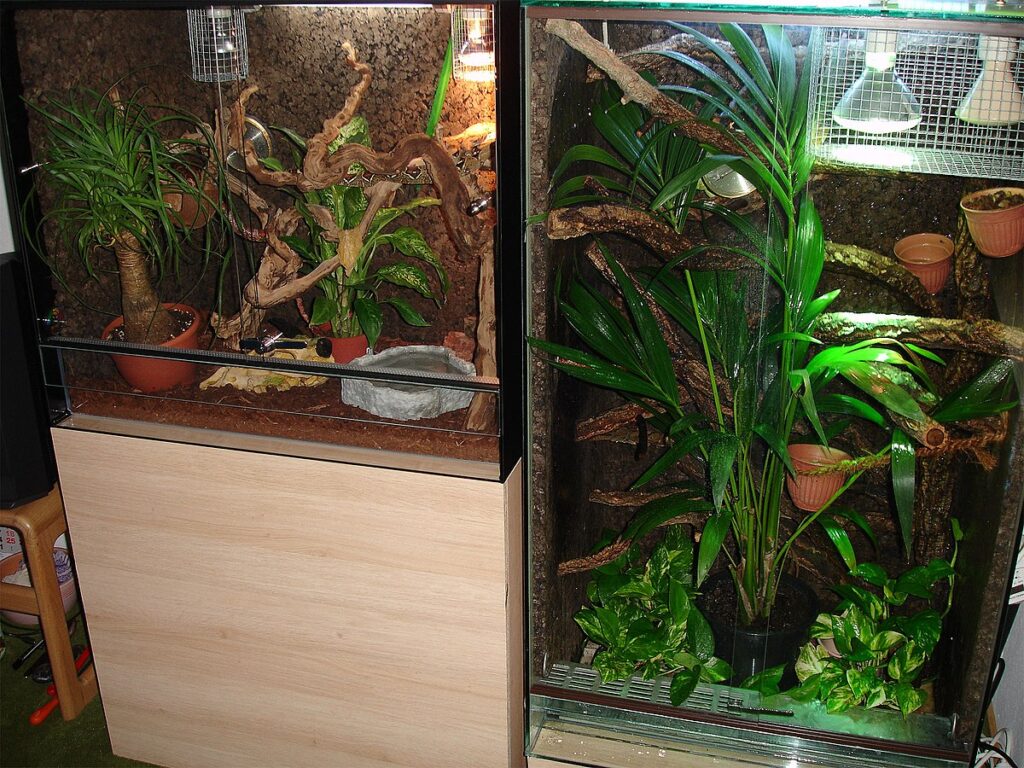
The decorative elements you include can significantly impact your terrarium’s resistance to mold and bacteria. Choose hardscape materials like rocks, driftwood, and cork bark that have been properly cleaned and sterilized before placement in your terrarium. Avoid porous decorations that can absorb and hold moisture, creating hidden reservoirs where mold can develop out of sight. If using wood elements, select hardwood varieties like manzanita or cork that resist decomposition, rather than softwoods that break down quickly in humid environments. Thoroughly clean all decorative items by scrubbing with a diluted bleach solution (1 part bleach to 9 parts water), then rinse completely and allow to dry fully before adding to your terrarium. Position decorative elements to allow for airflow around them rather than creating tightly packed arrangements where air cannot circulate.
When to Start Over
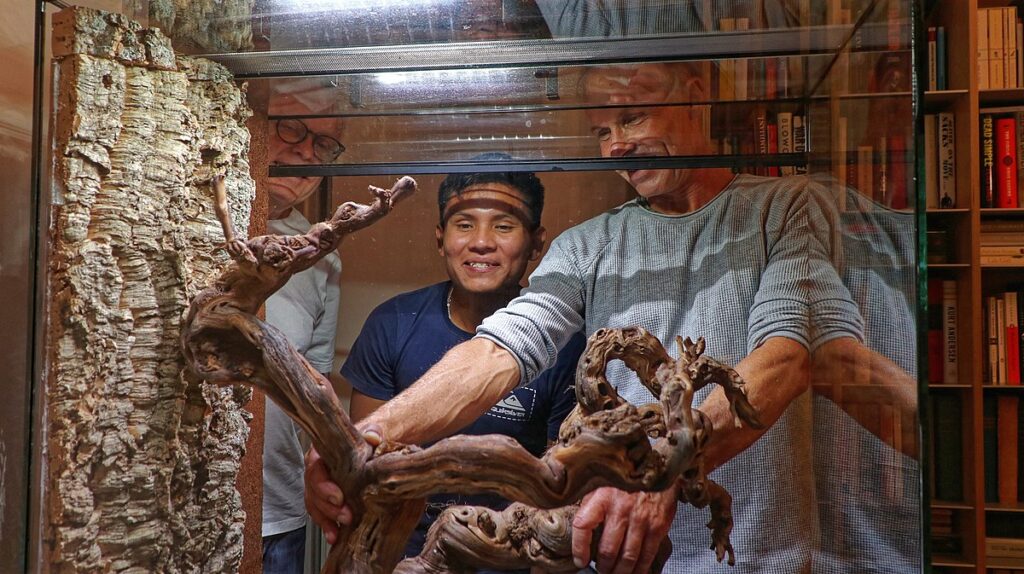
Despite your best prevention efforts, sometimes a terrarium develops such extensive mold or bacterial issues that a complete reset becomes the most practical solution. Consider disassembling and rebuilding your terrarium if mold has penetrated deep into the soil layer, if there’s a persistent foul smell that doesn’t resolve with increased ventilation, or if plants show signs of decline despite your interventions. When starting over, salvage healthy plants by gently removing them, washing their roots thoroughly, and quarantining them briefly to ensure they’re free of contamination.
Completely discard all soil and organic materials from the infected terrarium, and thoroughly sterilize the container and any reusable hardscape elements with a 10% bleach solution. This fresh start allows you to incorporate the knowledge you’ve gained about your specific terrarium environment to create a more resilient system with improved preventative measures against mold and bacteria.
Creating and maintaining a healthy terrarium requires understanding the delicate balance between moisture, air circulation, and organic material. By implementing these best practices—from proper container selection and drainage to careful watering and regular maintenance—you can create a thriving miniature ecosystem that remains virtually free of mold and harmful bacteria. Remember that prevention is always easier than treatment, and small daily habits like brief ventilation periods and prompt removal of decaying matter will go far in maintaining terrarium health. With attention to these details, your terrarium can remain a clear, beautiful window into a miniature world for years to come, requiring minimal intervention while providing maximum enjoyment and natural beauty.

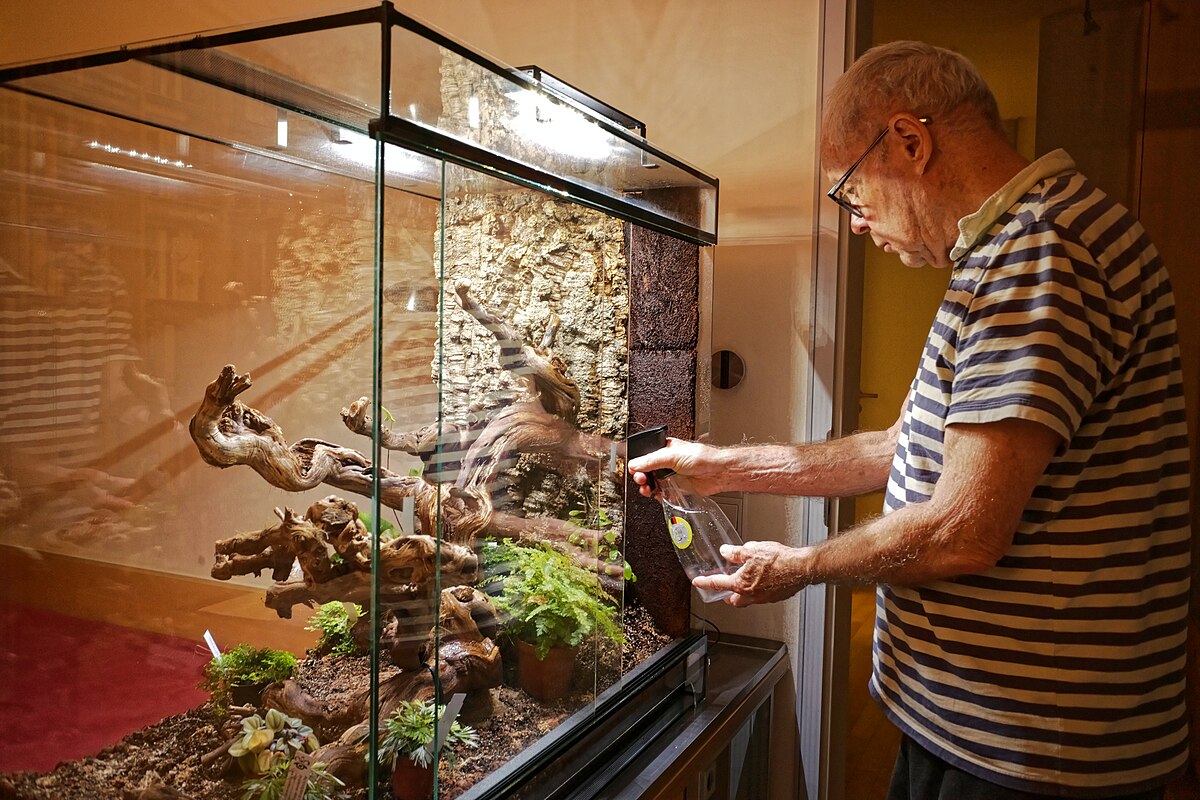
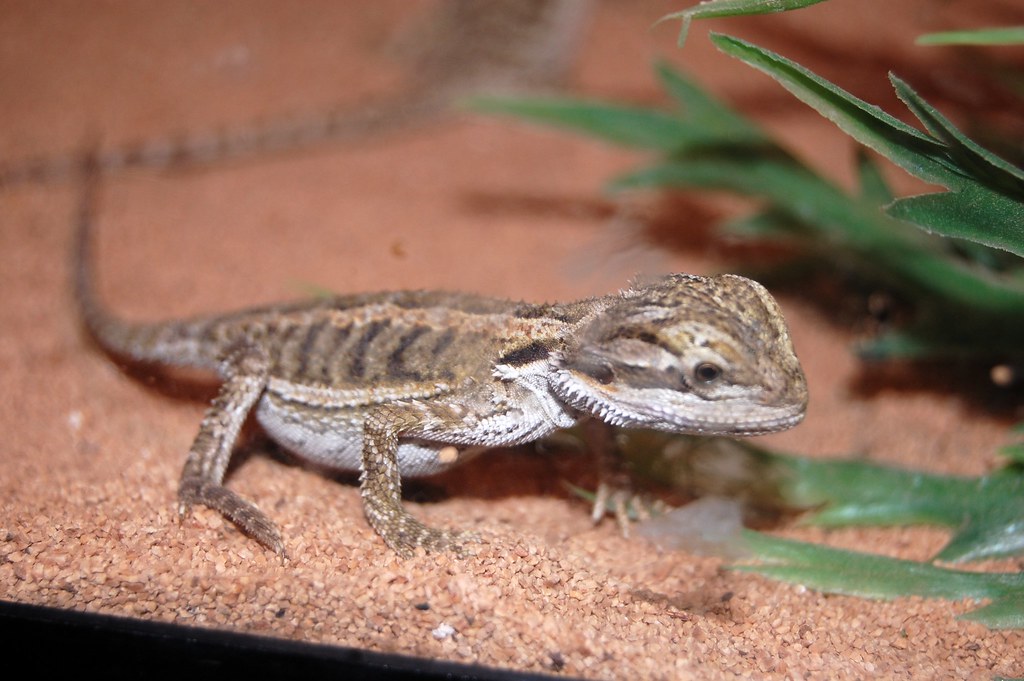
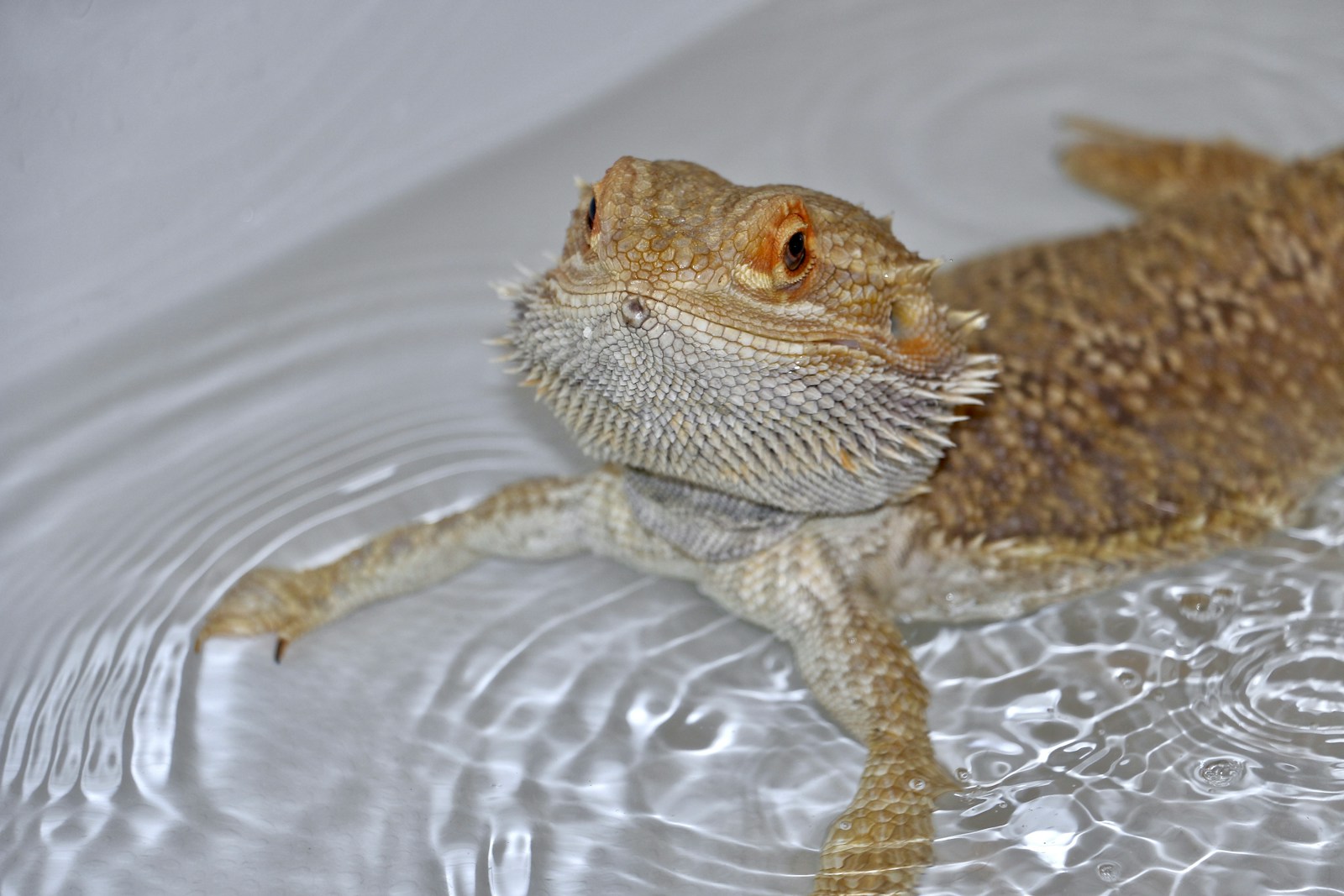
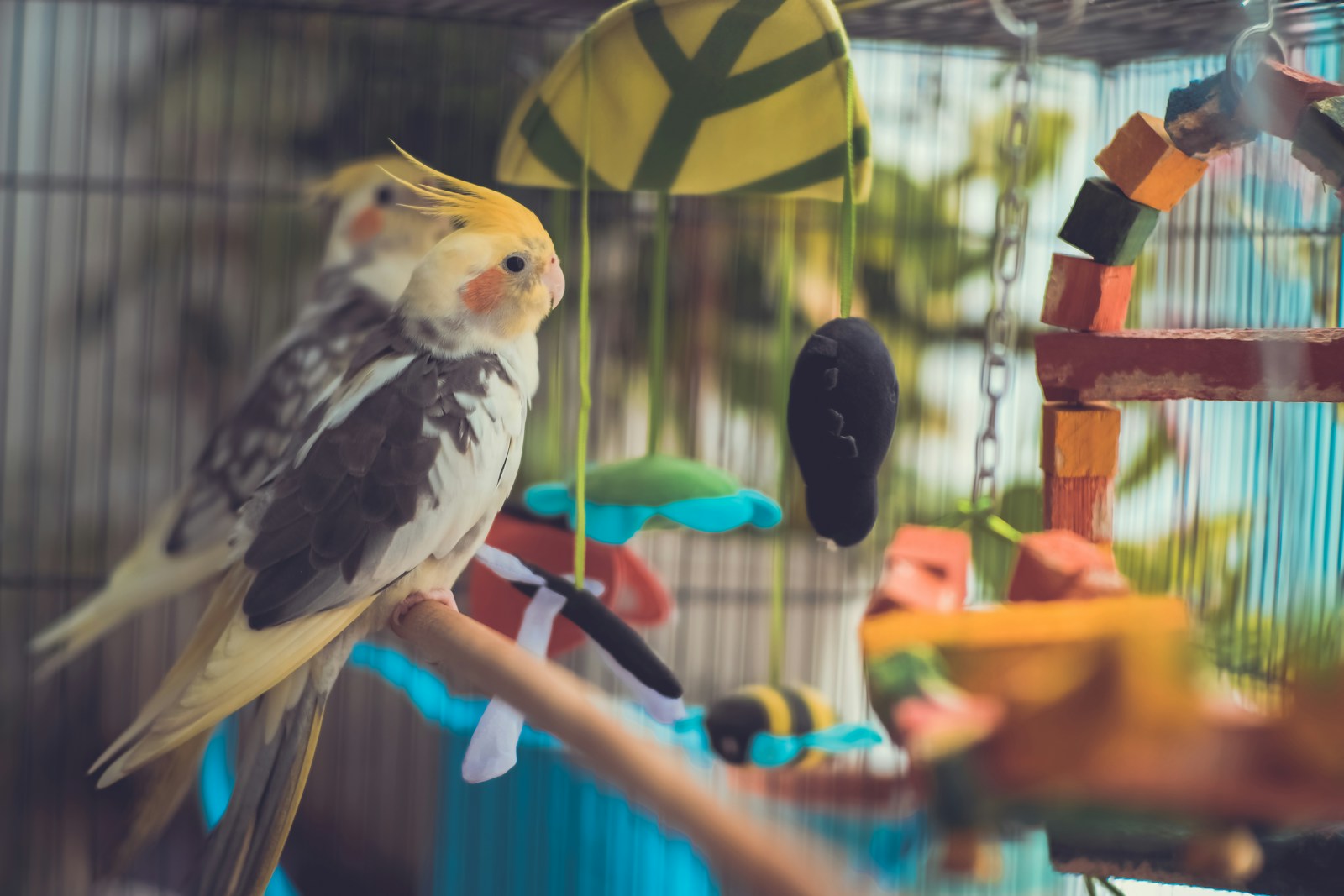
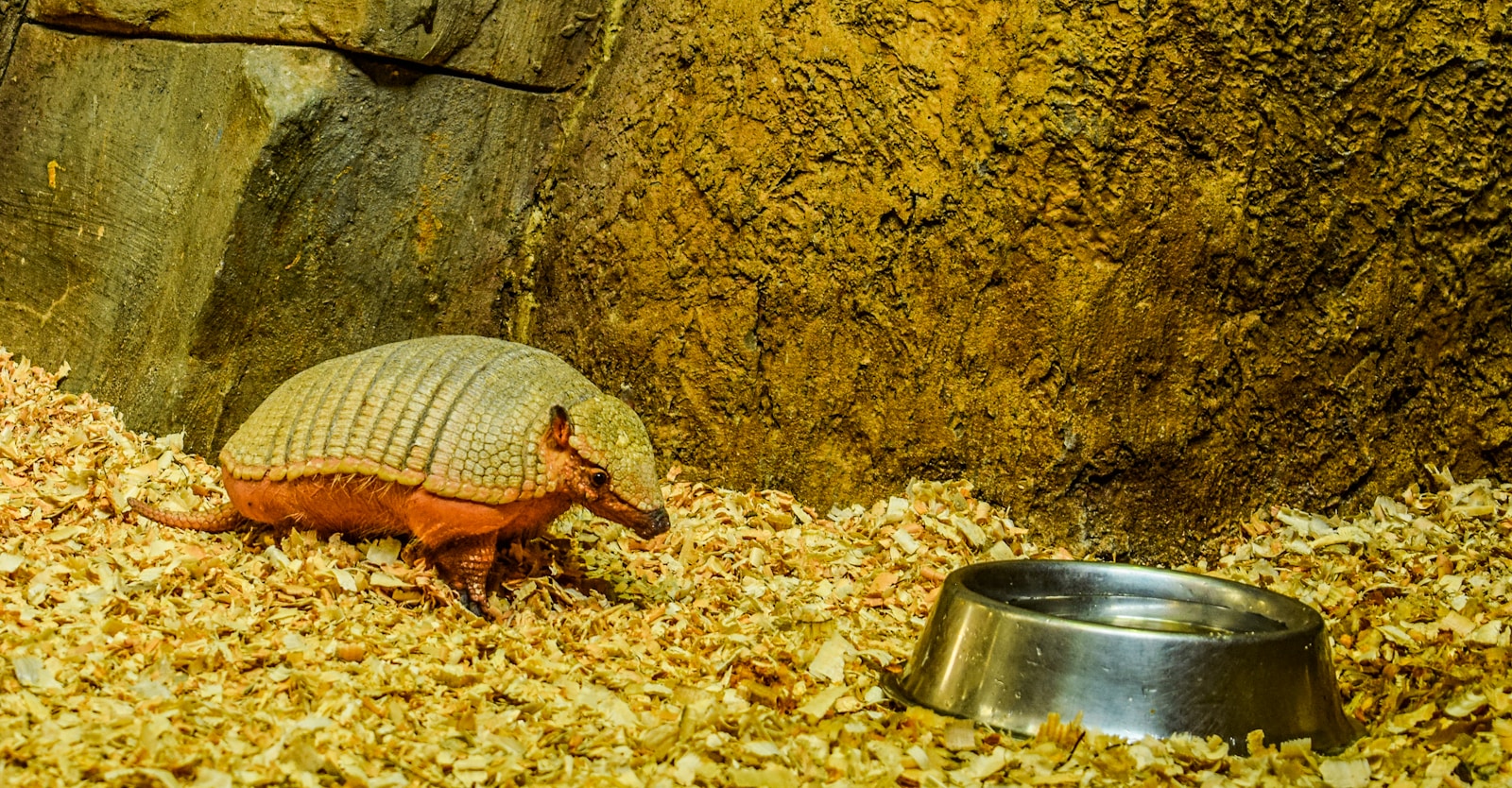
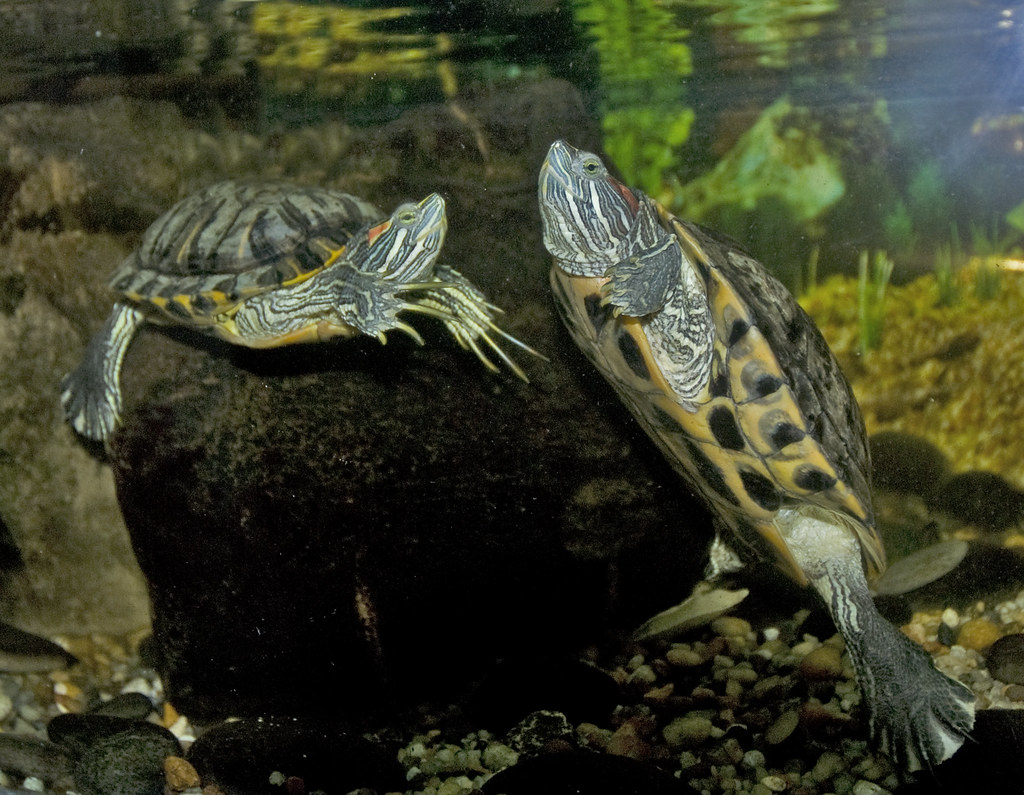
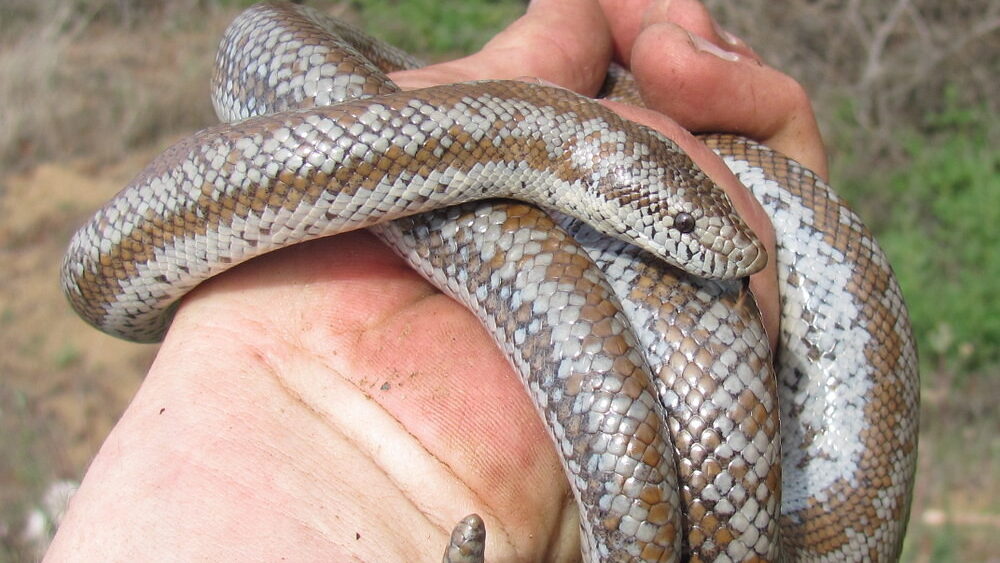
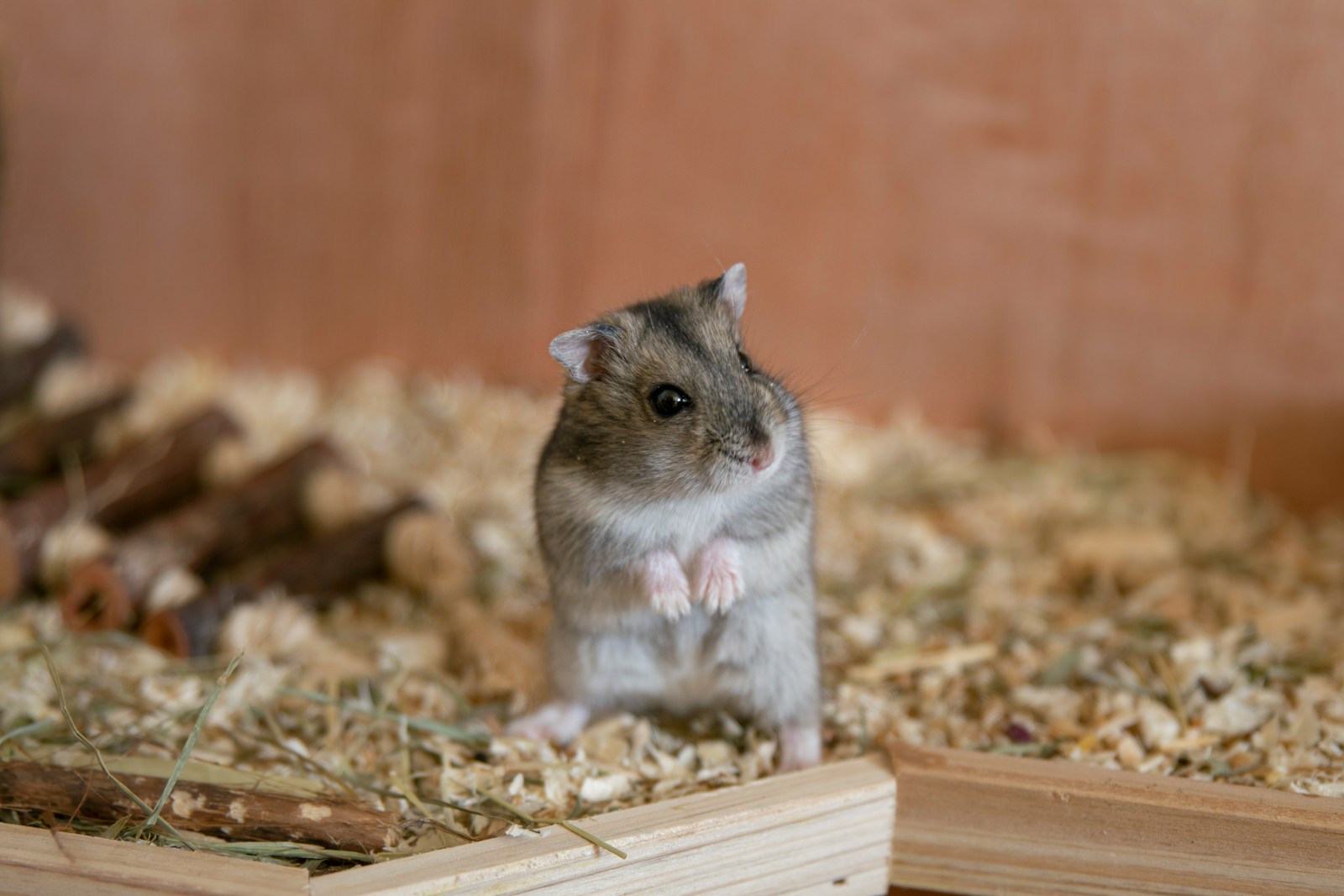







Leave a Reply